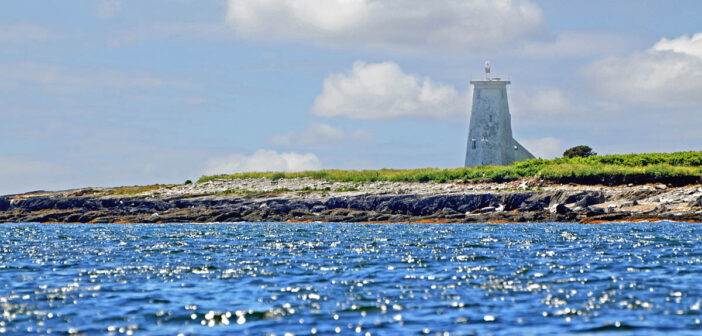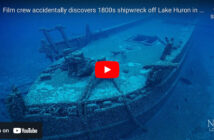The Devils Island Light is a lighthouse in Nova Scotia that stands at the eastern entrance to Halifax Harbour on Devils Island. It was first lit in 1852 and was followed by a second lighthouse in 1877, which is still operational today. The lighthouse has influenced regional folklore and remains an important community landmark, despite being neglected and threatened.
History
In 1711, a French engineer named De Labat created a map of Halifax harbour that included a thirty-seven-acre island named “Isle Verte” or Green Island after all the trees. According to Rear Admiral Pullen, the island is called Devils Island on James Cook’s 1759 charts, but on Thomas Backhouse’s 1798 chart of “The Harbour of Halifax,” it is called Devils or Rous’s Island. According to H. W. Hewitt, a schoolteacher and author of numerous articles on the history of Eastern Passage, a group of Halifax sportsmen went to the island for one night but ended up staying for several days longer than planned due to bad weather. When asked where they had been after returning to dry land, they all replied that they “did not know unless it was the Devil’s Island”. However, this is only one of the stories that explain the origin of the name; like many islands, it has changed several times throughout history.
Devils Island, located in the Atlantic Ocean near shoals and other hazards for seafarers, was the site of numerous shipwrecks. Residents frequently used their own fishing boats and risked their lives in attempts to rescue crews from wrecked ships. A wooden beacon painted white was erected on the southern point of the island in 1837 as a navigational aid, but because it was only visible during the day, a Halifax group of merchants, traders, and sea mariners petitioned the lieutenant-governor in 1851 for the construction of a lighthouse, which the Assembly approved. In 1852, an octagonal lighthouse with a mirrored light was built near the shore on the island’s southwest corner. In 1877, a second lighthouse was constructed 175 yards east of the first. The western light “was open all around, while the eastern one was dark on its northern side” (Boileau, Historic Eastern Passage, 103). Both white lights were visible from a distance of 13 miles. The first lighthouse was demolished in 1949, and the second’s light was changed to flashing red, making it visible for thirteen miles. In 1959, it was changed to a flashing white and amber light that could be seen for eleven miles. In 1959, it was changed to a flashing white and amber light that could be seen for eleven miles. In 1967, an automatic white-flashing beacon was installed, eliminating the need for a lighthouse keeper, and all permanent human habitation on the island ended. Devils Island has been deserted for many years, and the remaining standing buildings, such as the lighthouse keeper’s house, have been subjected to yearly seasonal weather with no maintenance and are in poor condition. The cupola of this second lighthouse was dismantled and discarded on the beach while being cared for by the Canadian Coast Guard.
Culturally Significant
Devils Island and its lighthouse are artistic and culturally significant because they serve as the source of sea stories and songs. Helen Creighton first heard folk stories about a sunken crew taking over a ship from Gordon Young on Devils Island in 1928: “A dozen dripping sailors…faces pale and wan moved before us till…the lighthouse shone its light” (Creighton, Bluenose Ghosts, 117).
Families in nearby Eastern Passage have a deep attachment, which is especially felt by the many descendants of the families who were once residents of Devils Island and who now live in Eastern Passage and share a living connection to the history of this island as well as a vivid view plane of this iconic structure against sky and sea. Many Eastern Passage residents and descendants of Devils Island long to see a lighted tower on the island again.
Devils Island Light Society
In 2009, a group of private citizens formed the Devils Island Light Society to express their concern about the lighthouse’s current condition as well as its future. The society intended to apply to have the Devils Island lighthouse included in Bill S-215 (the Heritage Lighthouse Protection Act) when it went into effect in May 2010. The Canadian Heritage Act recognizes and preserves historically significant lighthouses. It also requires consultation with communities near the lights prior to changing, selling, transferring, or demolishing any of the designated stations. The society faced an uphill battle against Coast Guard reprimands and warnings that members were not permitted to approach the lighthouse to repair and paint the facade. Nonetheless, the society launched a vigorous campaign to raise awareness of the historical and cultural significance of this seafaring landmark, as well as a petition to demonstrate public support for its mission to save the lighthouse and keep it in place on the island. Approximately 8,000 signatures were collected and presented to the federal committee in charge of Canadian lighthouses.









